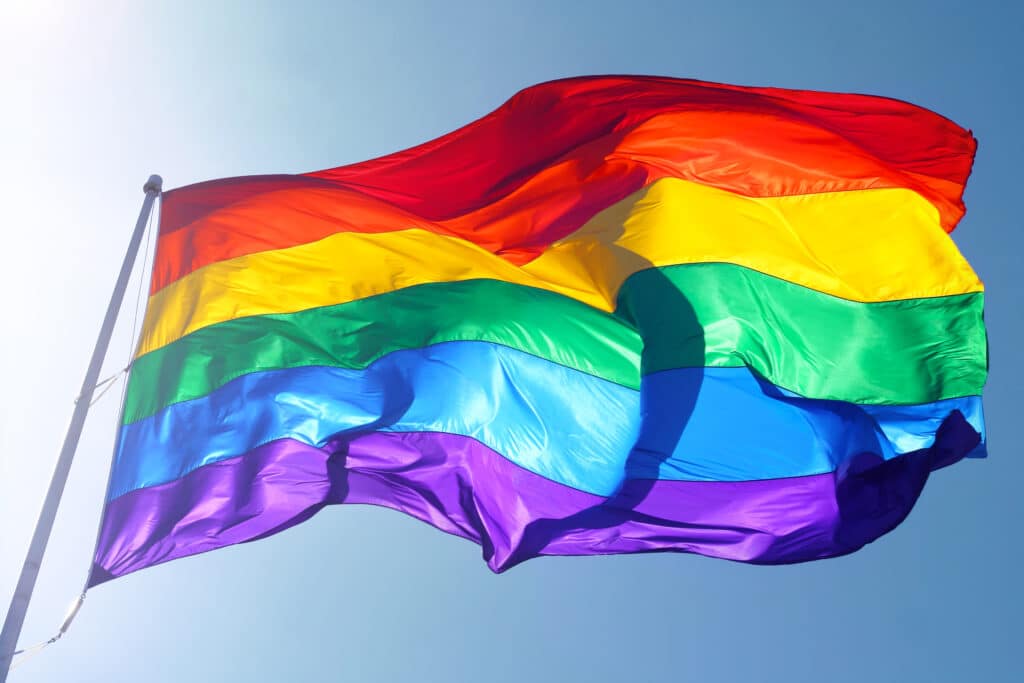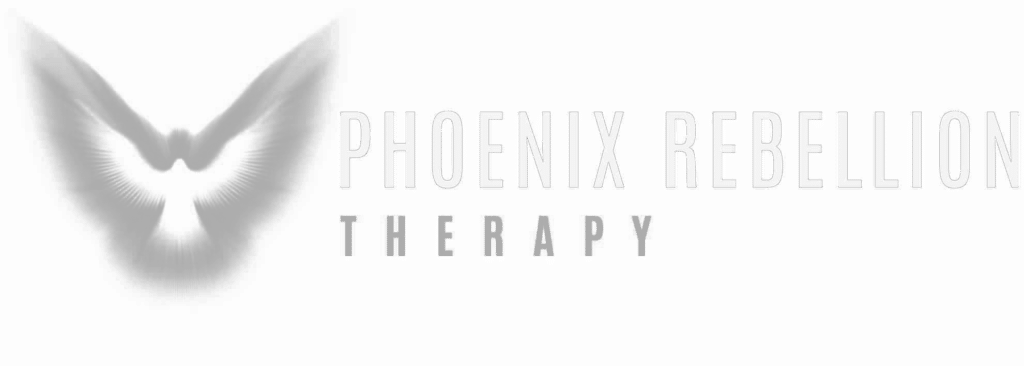How We Help the LGBTQIA
Although sexual or romantic orientation or gender identity may not be a source of distress, identifying as a minority, such as lesbian, gay, bisexual, transgender, queer, questioning, or asexual, may be a source of stress or anxiety. It is not uncommon for members of the LGBTQ+ community to face:
- Difficulty coming out to family, friends, and community
- Discrimination from communities and cultures that are homophobic
- A lack of support from family, friends, and community
- Difficulty finding non-invasive, inclusive health care
- Excommunication from religious spheres
- Isolation from social circles
Being part of the LGBTQ+ community does not mean that you need to be alone or that there is no hope. We are here to help walk with you through the difficult processes of coming out to your friends and family, and help you succeed in living a strong, independent life full of love and acceptance.

LGBTQIA FAQs
What are some common issues?
- Sexual Violence
- Workplace Discrimination
- Bullying
- Homelessness
- High Rates of Suicide
- Dysphoria
- High Rates of Anxiety and Depression
- Alienation From Religious Communities
- Shame
- Risk for Addiction, Especially When Homeless
What if I haven’t come out to my family/community/friends? How can you guarantee my privacy?
As mental health professionals, we are bound by HIPAA. This means that if you are over the age of 18 and do not have disabilities which require a legal guardian, your information and records are confidential. There are exceptions to confidentiality, which you can discuss with a therapist.
What if I’m a teen seeking treatment?
If you’re under the age of 18, we do need the consent of a parent to treat you, and your parent/legal guardian is entitled access to your records. However, we try to respect your privacy and autonomy to the degree we can.
What does it mean to be LGBTQIA?
In many ways the LGBT+ Movement originated as the gay man’s fight for equality. The other sexual orientations and non-binary gender identities were included later as the Movement expanded. In essence, someone who identifies as LGBT+ is not hetereosexual and/or not cisgender.

